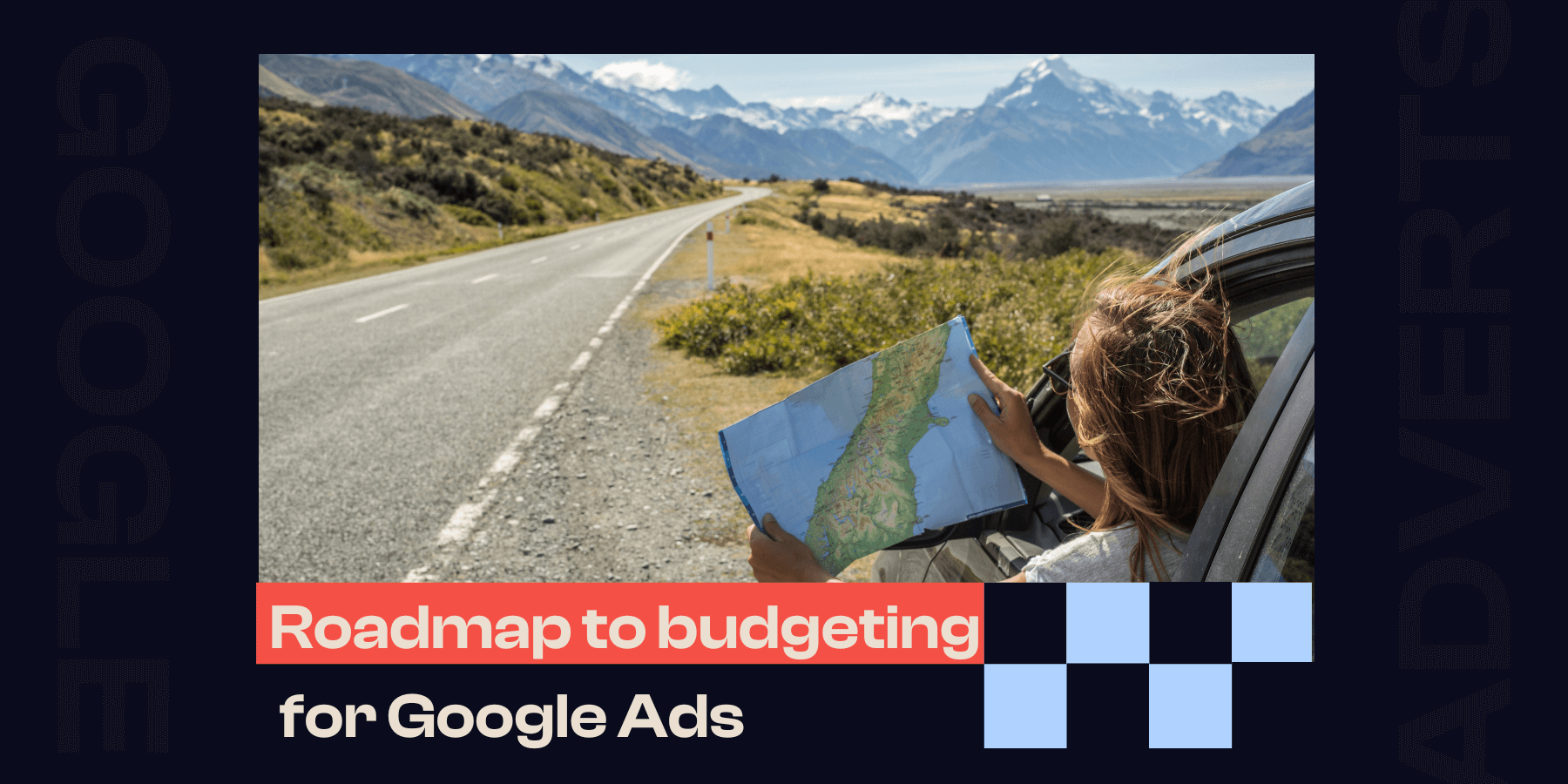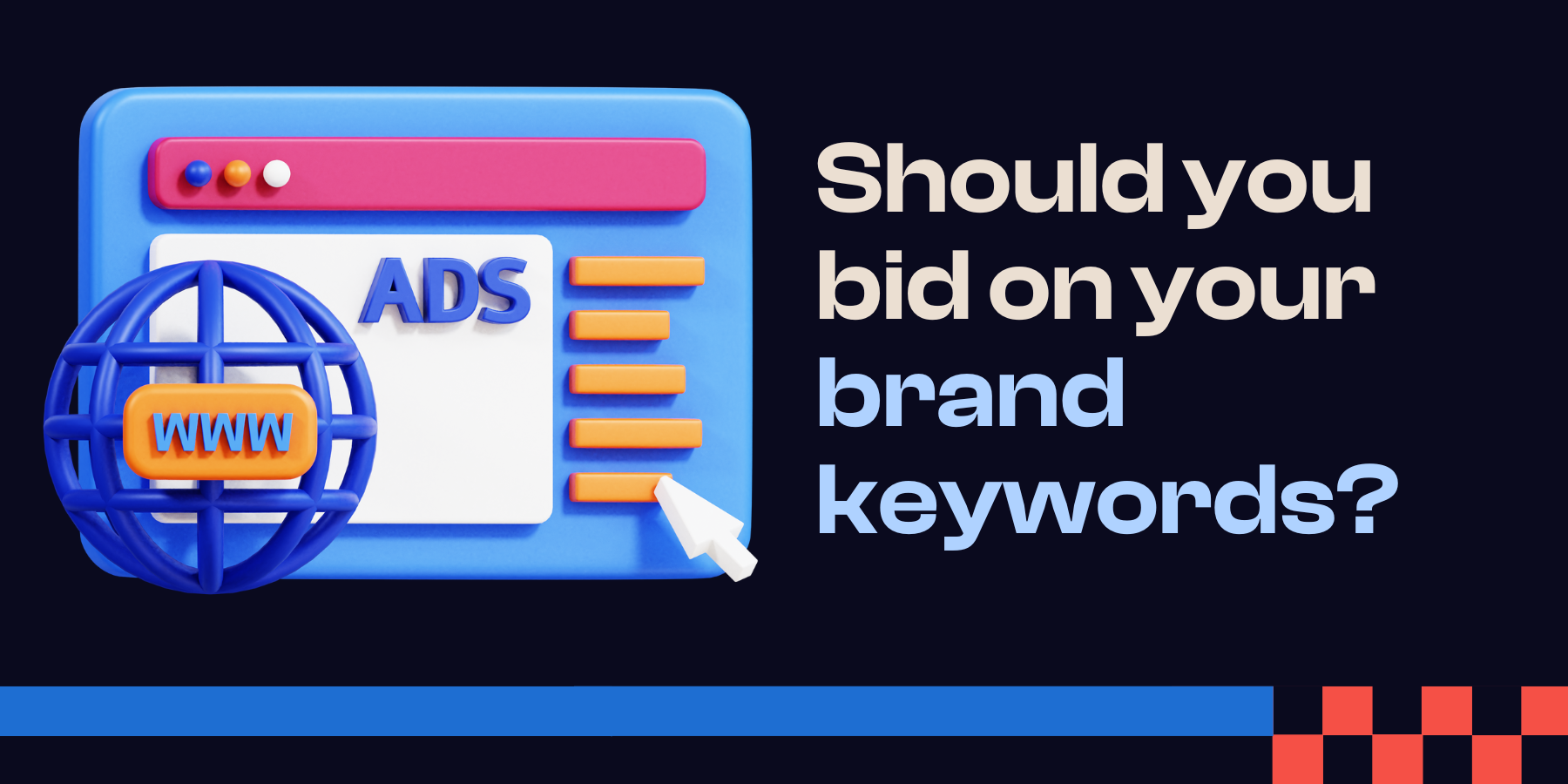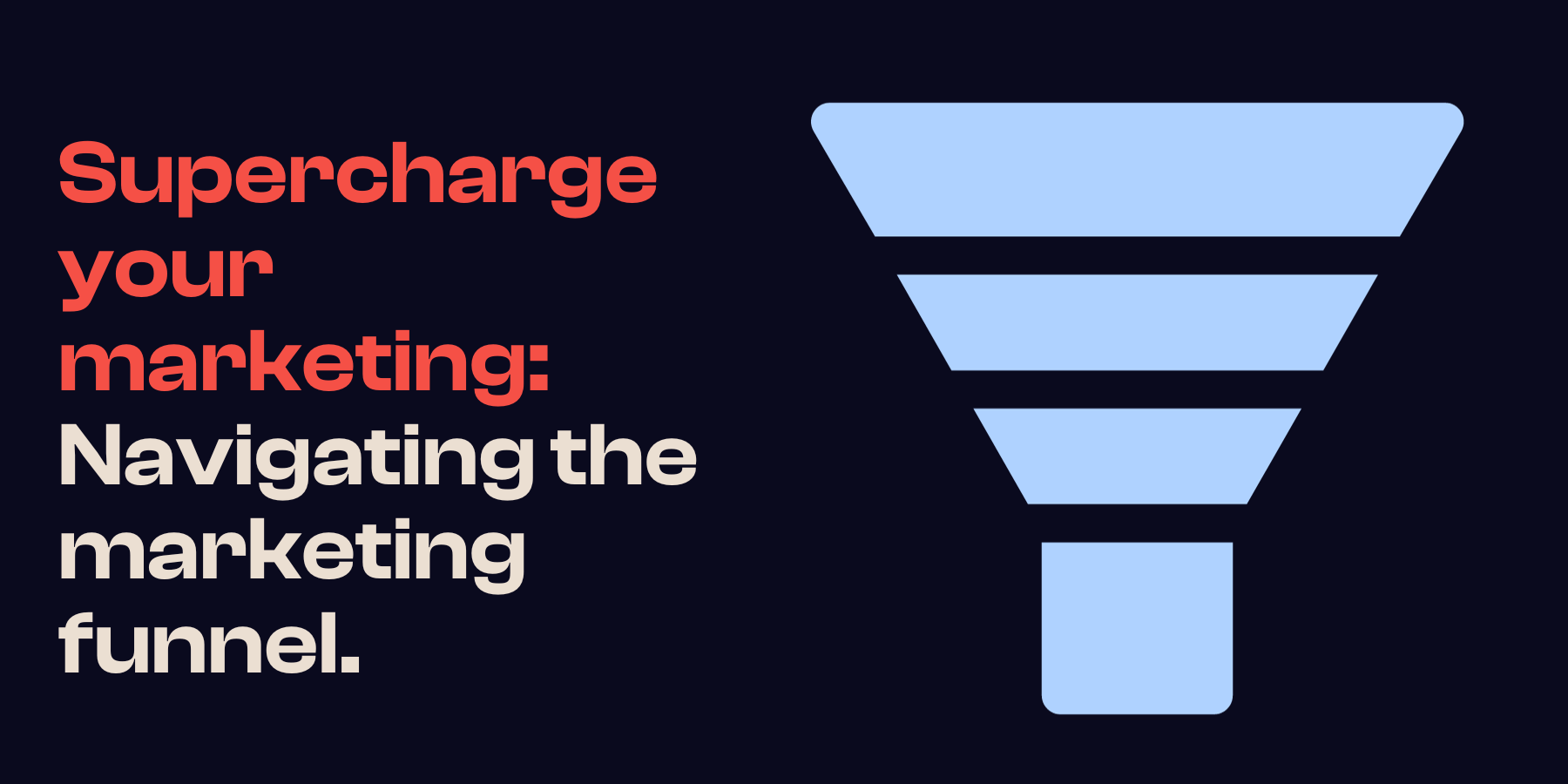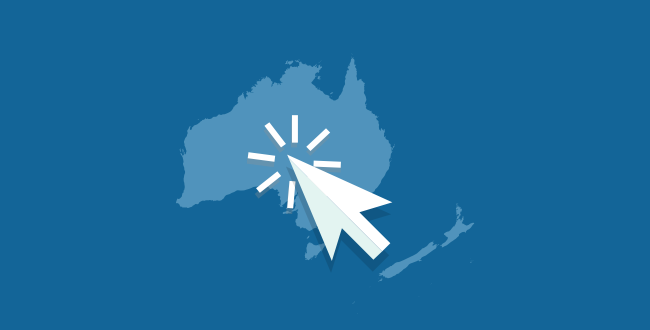The roadmap to budgeting for Google Ads

Last updated: 19 December 2024
Greetings, race strategists and business pioneers! Here at Refuel Creative, we're all about providing the tools you need to navigate the marketing speedway confidently.
Today, we'll delve into the fast-paced world of Google Ads, the goal being to simplify the journey from cost-per-click to your ideal monthly budget. Strap your seatbelt in as we take you through the wild ride that is budgeting for Google Ads.
Part 1: average cost per click (CPC) – your green light
The starting line of our Google Ads race is marked by the average cost per click (CPC). This represents the average amount you will be charged for every click on your ad. The cost varies depending on the keywords you choose. Just like high-demand racing circuits that command higher entry fees, high-competition keywords can drive up the CPC. The key is to find the perfect balance between your budget and the visibility you want to achieve on the track.
To make effective decisions about which keywords to use, it's essential to not only track popular search terms but also gain a deep understanding of your target market. By getting to know your audience and their online behaviours, you can select the most relevant keywords to reach and engage them. For example, if you sell race car parts, using keywords like 'apples' would be pointless. Instead, you need to create a clear buyer persona and tailor your keywords accordingly. Put yourself in the mindset of your target audience and choose keywords that will resonate with them.
Part 2: conversion rate – your pit crew's performance
Conversion rate is your pit crew's efficiency score. It's the percentage of users who not only click your ad but also complete a specific action like making a purchase, filling a form, or subscribing to a service. A 5% conversion rate implies that out of every 100 visitors who click on your ad, five cross the finish line by completing the desired action.

There are multiple factors on why users may not cross the finish line, it's up to you to determine why that is. Is it due to you not targeting the right audience? Or is the design of the advert not reader centred enough? Or the location of the advert being on the bottom of the page? All these and more could be stopping your brand from being in first place.
Part 3: cost per conversion – your fuel efficiency
Cost per conversion, or your ad campaign's fuel efficiency, is obtained by dividing the average CPC by your conversion rate. If your CPC stands at $2 and your conversion rate is at 5%, your cost per conversion – the cost of each of these finish-line crossers – comes out to be $40. This gives you a sense of the value each successful conversion brings to your business.

This sum is used to understand how effective the ad campaign is at targeting the audience and helps us to identify areas for improvement in our strategy. By analysing the cost per conversion, we can gain valuable insights into the return on investment (ROI) of our Google Ads campaign. This data allows us to determine the cost-effectiveness of our advertising efforts and make informed decisions on how to allocate our resources.
Understanding the cost per conversion is crucial in optimising our strategy and maximising the value of each successful conversion. By monitoring this metric, we can identify any inefficiencies or areas where costs can be reduced, ultimately improving the overall performance and profitability of our campaign. It also allows us to compare the effectiveness of different campaigns, keywords, or targeting strategies, enabling us to make data-driven decisions to optimise our budget allocation.
In addition to evaluating the cost per conversion, it is essential to consider other factors such as the lifetime value of a customer and the potential for repeat business. While the cost per conversion may initially seem high, if it leads to loyal customers who make multiple purchases over time, the overall return on investment may be significant.
Part 4: calculating your daily and monthly ad budget – planning your race strategy
Now we come to a crucial turn in our race: the strategy planning. How much fuel (read: budget) should you allocate for your daily and monthly laps? Let's use Google's magic multiplier, 30.4 (the average number of days in a month), comes in handy here to determine the best plan.
First, determine how many conversions (or laps) you aim to complete per day, and multiply this by your cost per conversion. For five conversions at $40 each, you're looking at a daily budget of $200.
To calculate your monthly budget, use Google's multiplier on your daily budget. So, $200 x 30.4 equals a monthly budget of $6,080.

Armed with a budget of $6,080 in our hands, we are equipped to implement a winning strategy for our Google Ads campaign. This budget serves as the fuel that propels us towards maximum visibility on the track and facilitates the achievement of conversions.
With our budget in hand, we can now focus on fine-tuning our racing machine for peak performance. This involves continuously monitoring the performance of our ads, keywords, and targeting strategies, and making data-driven decisions to optimise our budget allocation. We can experiment with different ad variations, test new keywords, and refine our targeting to ensure we are reaching the right audience at the right time.
The pitfall of underfunding – the red flag
What happens if you fund less than your calculated budget? Imagine entering a race with only half a tank of fuel. As the race progresses, you'll start feeling the effects of your underfunded campaign. While you may save on fuel costs initially, the risk of running out of fuel before reaching the finish line becomes a real possibility.
Similarly, an underfunded Google Ads campaign may not bring you the desired number of conversions. By reducing your daily or monthly budget, you run the risk of your ads not showing as frequently as needed to drive conversions. This puts you at a disadvantage compared to competitors who have allocated higher budgets, as their ads will appear more frequently and potentially attract more clicks and conversions.
Just like a race car with less fuel struggles to keep up with competitors, your underfunded campaign may be outpaced by competitors who have more fuel in their tanks. This can limit the overall performance and return on investment (ROI) of your campaign.
It's important to remember that in the world of Google Ads, visibility is key. By reducing your budget, you may not have the same level of visibility as your competitors, making it harder for potential customers to find and engage with your ads. This can result in missed opportunities and a lower conversion rate.
To ensure the success of your Google Ads campaign, it's crucial to allocate a budget that allows for sufficient visibility and reach. By investing in your campaign and fuelling it appropriately, you increase your chances of reaching the finish line and achieving your desired conversions. Remember, it's not just about saving on fuel costs, but about strategically allocating your budget to maximise results.
The checkered flag
Rest assured, this roadmap is not set in stone but rather serves as a guiding compass. The actual costs may sway depending on various factors such as the quality of your ads, competition for keywords, and market trends. But fear not, you are not navigating this race alone! Think of Refuel Creative as your dedicated pit crew, ready to fine-tune your campaign strategy and optimise your budget. We're here to assist you every step of the way.
So, keep a close eye on these metrics and make the necessary adjustments to ensure your campaign performs at its peak. Just like fine-tuning a racing machine, we'll help you achieve optimal results. If you need support understanding the bends and straights of Google Ads, don't hesitate to flag us down.
As you rev up your Google Ads campaign, remember the golden rule of racing – it's not just about the speed, but also the strategy. Ready, set, budget!






